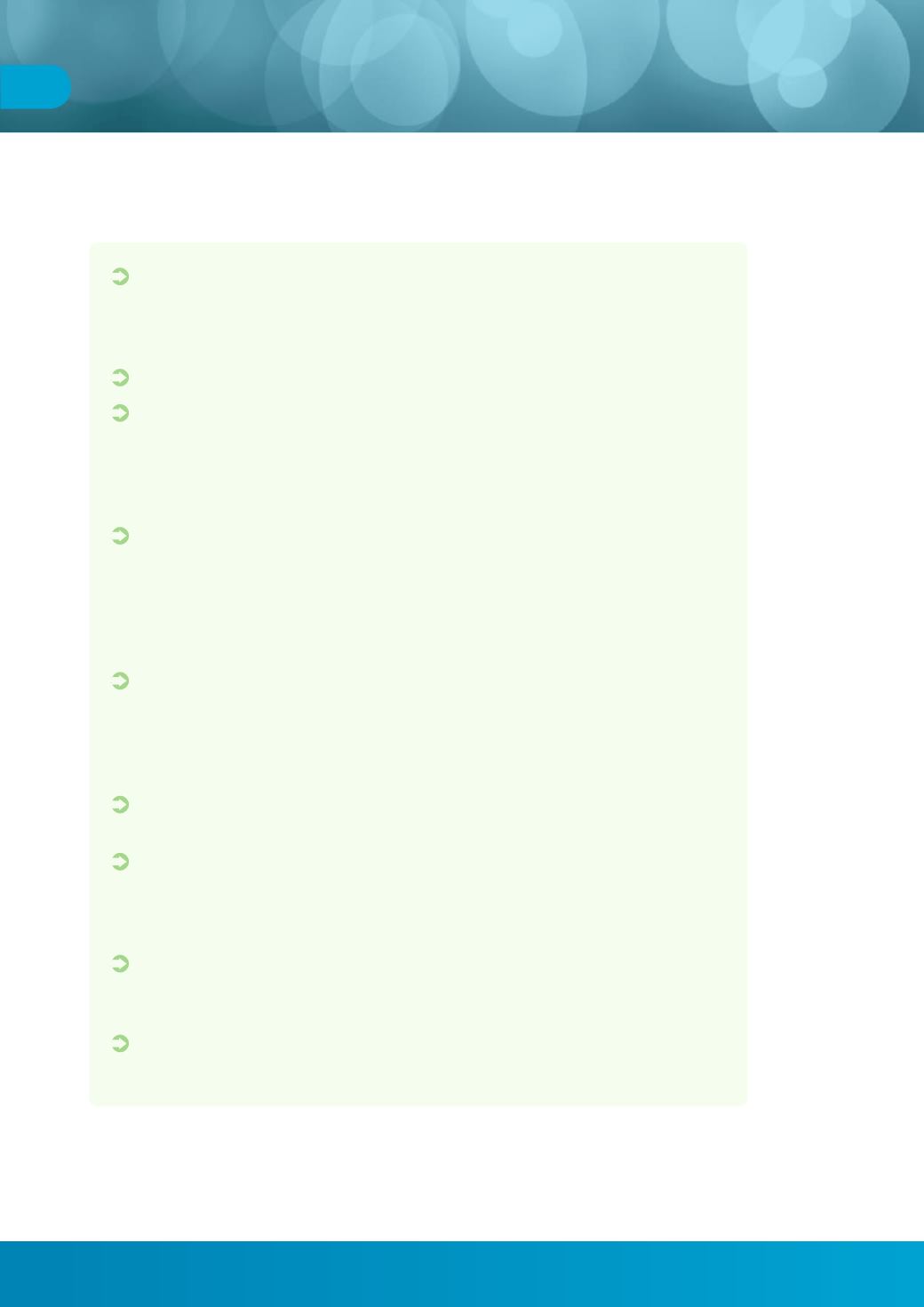
10
Health literacy and health information producers
Headline results
These are the main findings from the survey.
The survey respondents are a
good mix of large and small organisations, from
all countries in the UK and from all health sectors
. The two largest groups of
respondents are from the NHS and voluntary sector. 49% of respondents are Patient
Information Forum members and 51% are non-members.
Around 80% of respondents produce information
in-house
.
Respondents produce information for a
wide range of different groups and
audiences
, from people with learning disabilities to those with English as a second
language, older people and children. Around 87% chose the option ‘general public’ to
describe their main audience. 35% stated that their organisation produces information
specifically for people with low literacy or numeracy skills.
Many organisations (71%) had heard of the term ‘health literacy.
Most (91%) see health
literacy as something that applies to everyone, and therefore all resources
should be clear, simple and straightforward
. Only one in ten think that low health
literacy is strongly linked to low literacy and numeracy skills, therefore information
should be developed to meet the specific needs of people with poor literacy and
numeracy skills.
When asked the question ‘What does health literacy mean to you?’ there
were some key phrases that appeared in a high number of responses. For
example, 62 (26%) said the
‘ability to understand’
. When asked ‘How would
you describe someone who is health literate?’ 55 respondents (23%) said
‘able to understand’ and 32 (13%) used the phrase
‘informed decision’
.
There is a
good understanding of how important health literacy is
when producing
information - on a rating scale the average was 4.4 out of 5.
When asked what their organisation does to address the needs of people with low
health literacy,
two thirds (the largest group) undertake engagement or user
involvement with health literacy in mind, and half provide telephone based or
face to face services
. Only one in 10 has a health literacy policy or strategy.
The main barriers faced when producing information for people with low health literacy
include
limited funds and resources
(73%),
limited understanding of needs
(68%)
and
limited understanding
of how to develop appropriate resources or services (75%).
A
practical guide to health literacy is highlighted as a useful tool
for future
development (84%), along with good practice examples (80%).


